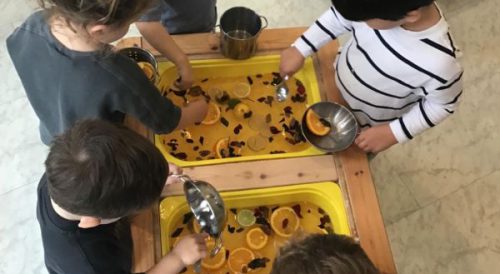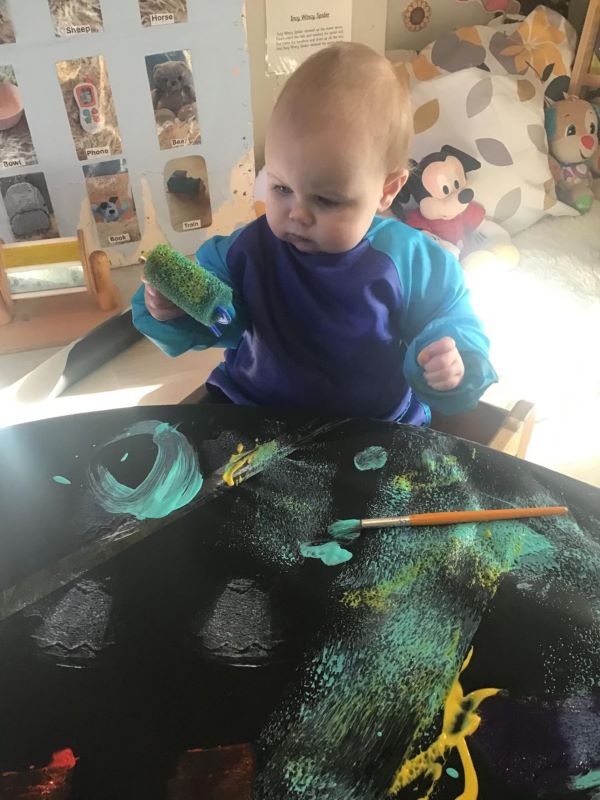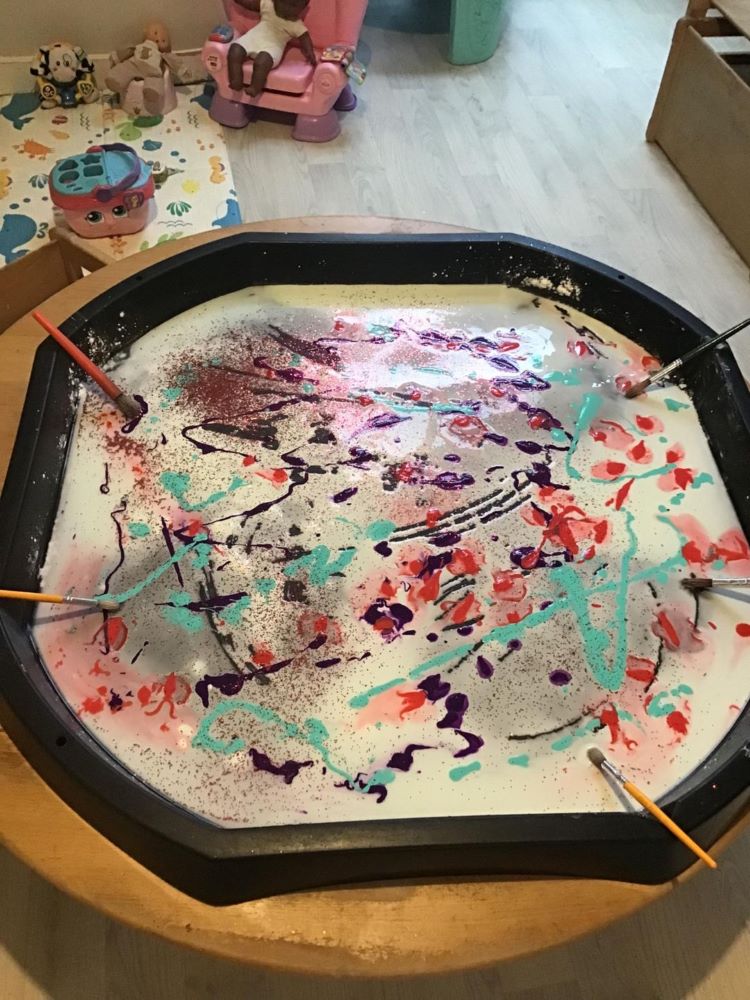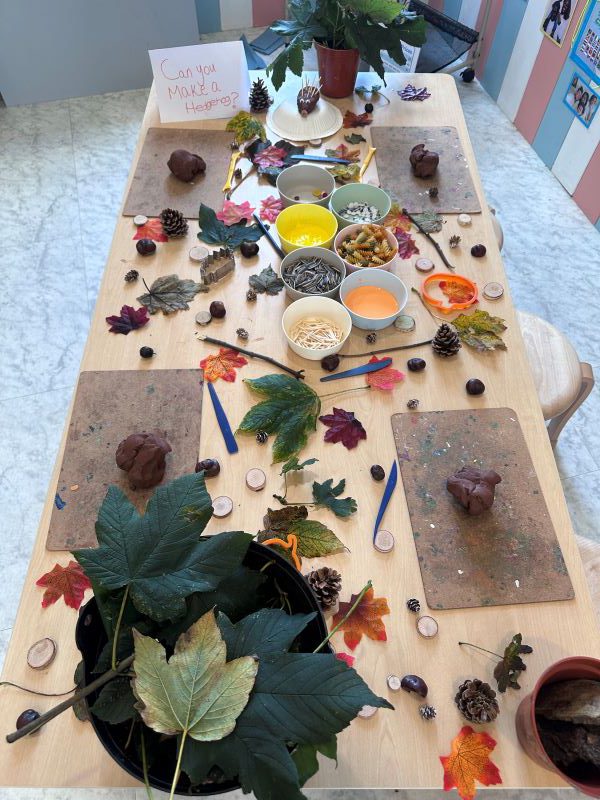From Cuddles to Creativity: How sensory play shapes your child’s brain
The science behind sensory play and brain development
Brain development in babies is an incredible natural phenomenon. As primates, our pelvises were larger, and babies were born with bigger brains and more developed cognitive functions. However, as Homo erectus began walking upright, an evolutionary race emerged between the size of women’s pelvises and babies’ brain development. This led to human babies being born underdeveloped, making them among the most helpless species at birth.
In the first three months of life, often referred to as the “fourth trimester,” a baby’s brain will grow by an astonishing 64%. This rapid growth continues, and by age three, 80% of the brain is formed, with the remaining 20% developing over the next two decades.
For new parents, this information may seem overwhelming. Does this mean they must constantly stimulate their babies to ensure optimal development? Fortunately, the process is largely natural. After birth, parents should focus on meeting their baby’s essential needs and their own self-care, trusting that their newborns will learn from the world around them.
Most learning occurs through sensory experiences. Simple daily interactions—light, the aroma of food, a cuddle—already provide an incredible sensory experience for a baby transitioning from the cocoon of the womb. Something as simple as a walk to the park will be a life saver for you and a sensory revelation to your newborn: a dog barking, the smell of the pond, the feeling the fresh air against the baby’s soft skin will all contribute to you newborn brain’s remarkable growth.
As babies get older fostering sensory play is hugely important. Below are some of the key benefits of sensory play and some activity suggestions.
- Enhances Cognitive Development
Sensory play stimulates neural pathways in the brain, enhancing problem-solving skills, memory, and critical thinking. Activities such as playing with water, sand, or textured materials encourage children to experiment, predict outcomes, and make connections, laying a strong foundation for future learning. - Supports Fine and Gross Motor Skills
Handling different textures and objects strengthens fine motor skills, improving hand-eye coordination and dexterity. Activities like squeezing playdough, picking up small beads, or tracing shapes aid in the development of muscles required for writing and other daily tasks. Additionally, gross motor skills are refined through activities such as jumping in sensory bins or engaging in messy play outdoors. - Encourages Language and Communication Skills
As children explore new sensations, they are prompted to describe their experiences, expanding their vocabulary and communication skills. Conversations about how materials feel, sound, or move promote expressive language development and social interaction, especially in group play settings. - Promotes Emotional Regulation and Calming Effects
Sensory play has a profound impact on emotional well-being. Activities like kinetic sand, water play, or fidget toys help children self-regulate by providing a soothing outlet for stress and anxiety. This type of play is particularly beneficial for children with sensory processing disorders or autism, as it allows them to explore stimuli in a controlled and safe manner. - Encourages Creativity and Imagination
Unstructured sensory play fosters creativity and imaginative thinking. When children engage in activities like making mud pies, mixing colours, or creating shapes with foam, they develop storytelling skills and original thought processes that are crucial for cognitive and artistic growth. - Builds Social Skills and Cooperation
Group sensory activities encourage teamwork, turn-taking, and problem-solving. Whether it’s collaborating on a sensory bin project or sharing play materials, children learn important social skills, empathy, and patience.
- Enhances Cognitive Development
Touch Feel and Grow, simple activities to do at home
Parents can easily integrate sensory play into daily routines with simple and engaging activities:
- Water Play: Fill a tub with water and provide cups, sponges, and small toys.
- Texture Exploration: Use rice, pasta, or kinetic sand for hands-on discovery.
- Outdoor Play: Encourage mud play, collecting leaves, or walking barefoot on different surfaces.
- Aroma Play: Introduce scented playdough, herbs or get your child involved in the cooking and let them smell the ingredients
- Tactile Crafts: Engage in finger painting, slime-making, or DIY sensory bottles.
Sensory play is more than just fun; it is a fundamental part of childhood development. By stimulating the senses, children gain crucial skills that support their cognitive, motor, and emotional growth. Encouraging a variety of sensory experiences at home and in educational settings helps children develop confidence, resilience, and a deeper understanding of the world around them.







